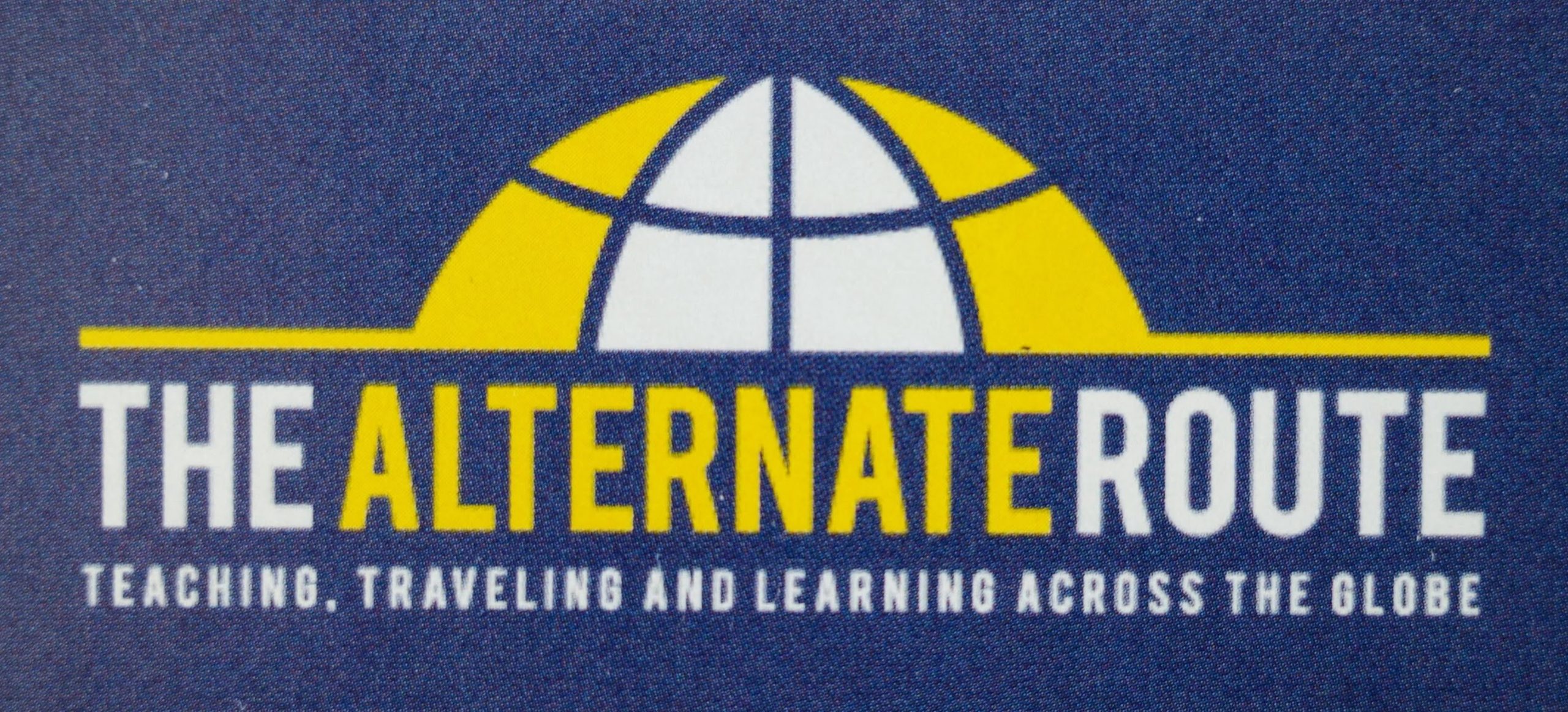This week in my Teaching, Learning and Assessing in the Digital Era class, I have played the role of a technology leader in a school. I have chosen a lesson plan on writing haiku that uses some technology and have updated the plan so that the technology used supports instructional standards. I also received feedback from two of my colleagues regarding my recommendations and have adapted the lesson using Ruben R. Puentedura’s SAMR model. You can see the original lesson, my comments, an updated lesson and comments from my colleagues by clicking here.
The SAMR model is used for designing purposeful integration of technology into lessons. There are four levels of integration according to the model, as outlined in Puentedura’s graphic below.
Teachers should strive for the Redefinition level of the model in order to make the most meaningful use of technology. For example, in the original haiku lesson that I chose, technology was used at the Augmentation level. The students researched haiku on the Internet, took pictures using digital cameras, wrote an original haiku and created a class PowerPoint with their images and haiku. Their final presentation was shared with the class.
In my updated lesson, I added several components to bring it to the Modifcation and Redefinition levels. The students will use tools such as LiveBinder and PoetryGenius to interact and collaborate online while learning about the qualities of haiku. Using Google Docs, they will follow the writing process and collaborate with a class of undergraduate education majors to receive feedback on their haiku. Next, they will publish a final haiku with an image found online using a tool such as Animoto or Google Presentation. Finally, they will share their haiku with an outside audience via Twitter. Collaborating online, receiving “expert” feedback, and innovative use of technology are all examples of the Redefinition level of the SAMR model.
Guiding teachers to bring about transformational learning opportunities with technology is an important role of a technology leader. While it is always interesting to learn about the latest “cool” tech tool, teachers need to be prompted to think more deeply about using technology to move beyond enhancement towards transformation. Having colleagues evaluate lessons is a great way to achieve this. The feedback I received from my colleagues helped me to clarify my thinking about the lesson and consider ideas I hadn’t previously thought of.
Finally, I found this graphic to be helpful in determining what level of the SAMR model is achieved in a given lesson. The SAMR model is a very useful tool in planning for engaging and meaningful instruction using technology.
 |
| ICTEvangelist.com (Mark Anderson) / CC BY-NC-SA 3.0 |
cc image by Josh Babetski



Day 28: Curriculum is the Key – The Alternate Route
August 12, 2020 @ 22:32
[…] in achieving curriculum goals, teachers must plan carefully. As I’ve written in a previous post, the SAMR Model is helpful in creating lessons that successfully integrate […]